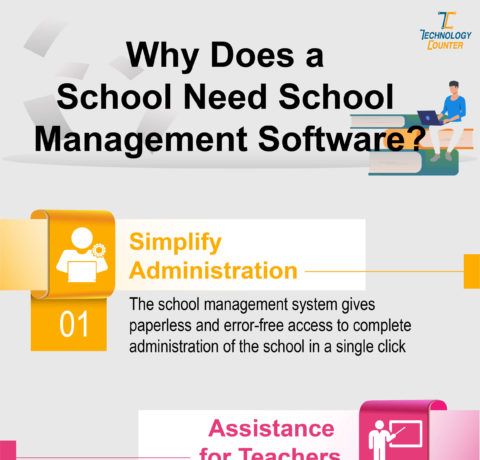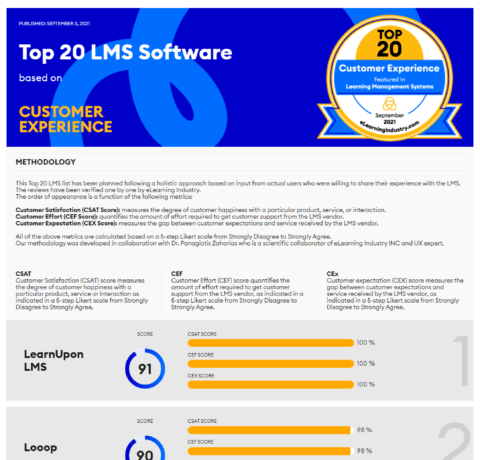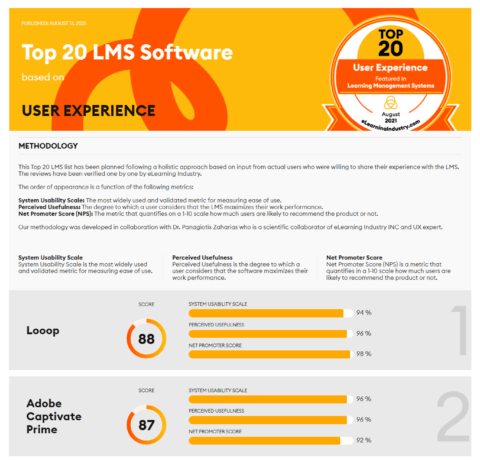Top LMS Industry Facts of 2016 Infographic
The LMS Industry is rapidly growing and developing. As far back as 30 years ago, there were around 15 LMS vendors on the market; today the number exceeds 700. The worth of the LMS market was measured at $2.5 bn in 2013, $7.8 bn in 2016 and, according to numerous predictions, the number will have grown to $15.72 bn by 2021. These figures indicate a considerable financial contribution to the distance education field, not to mention the huge potential of the e-Learning market.
Learning Management Systems(LMSs) are widely used in a variety of industries, but the leading one is Education (21%); then comes Technology (12%) and Manufacturing (9%). The number of governmental institutions using LMS software for training purposes remains small (2%).
Beginning in 2011, the growth rate of the e-Learning market amounted to 5.1% in North America, 6% in Western Europe, 8.2% in the Middle East, 14.6% in Latin America, 15.3% in Africa, 16.9% in Eastern Europe and 17.3% in Asia.
55% of all LMS installations are deployed in the cloud, and the other 45% are on-premise LMS solutions.
Top reasons why clients choose a Cloud LMS
- Quicker deployment;
- No technical resources are required;
- Low initial investment;
- Scalability.
Top reasons why clients choose an on-premise LMS
- Low costs in the long run;
- Security restrictions for storing proprietary data (governmental organizations, banking sphere);
- Full control of LMS software and data;
- More customization opportunities.
Half of LMS buyers don’t spend more than $5,000 on LMS implementation. Only 1% of all LMS implementation fees are at a cost of more than $50,000.
More than half of LMS acquirers implement their LMSs within 6 months, whereas another 24% of buyers need up to 1 year. For the rest of the LMS buyers, more than a year is necessary to get an LMS up and running.
Top LMS trends in 2016
Among the top LMS trends in 2016 are the following:
- Mobile Learning;
- Gamification;
- Personalization;
- Cloud;
- Video;
- Micro Learning;
- Social Sharing.
89% of LMS users access e-Learning courses via a desktop, 76% via a laptop, 25% via a tablet, and 19% via a smartphone.
Reasons for LMS acquisition
The reasons for LMS acquisition are diverse, but the most common are the following:
- General Training (24.81%);
- Certification Training (22.90%);
- Compliance Training (14,50%);
- Onboarding (12.6%);
- Customer Training (11.45%);
- Selling Courses (9.16%);
- Other (4.58%).
40% of LMS buyers report a 40% increase in revenue, 53% increase in productivity, 26% decrease in cost, and 16% decrease in turnover rate as the result of an LMS purchase.
Top LMS features used by LMS users
- Assessment tools;
- SCORM;
- Learning Paths;
- Blended Learning.
A typical LMS purchase scenario
- A potential buyer performs a search in Google or any other search engine;
- Asks for recommendations and reads reviews;
- Sends an RFP to several LMS vendors that s/he finds the most appropriate;
- Analyzes the RFP data and schedules demos with the selected LMS providers;
- Makes a final decision and purchases the LMS.
Why buyers are not satisfied with the chosen LMSs
- Poor user experience (88%);
- Poor administrative interface (74%);
- Poor reporting (66%);
- Lack of integrations (66%);
- Lack of mobile capabilities (66%).







You can adjust your cookie preferences here.